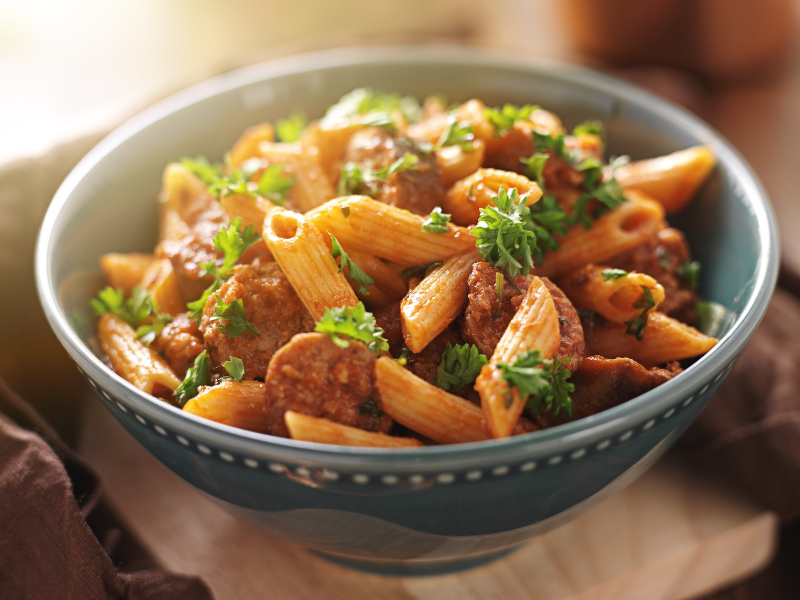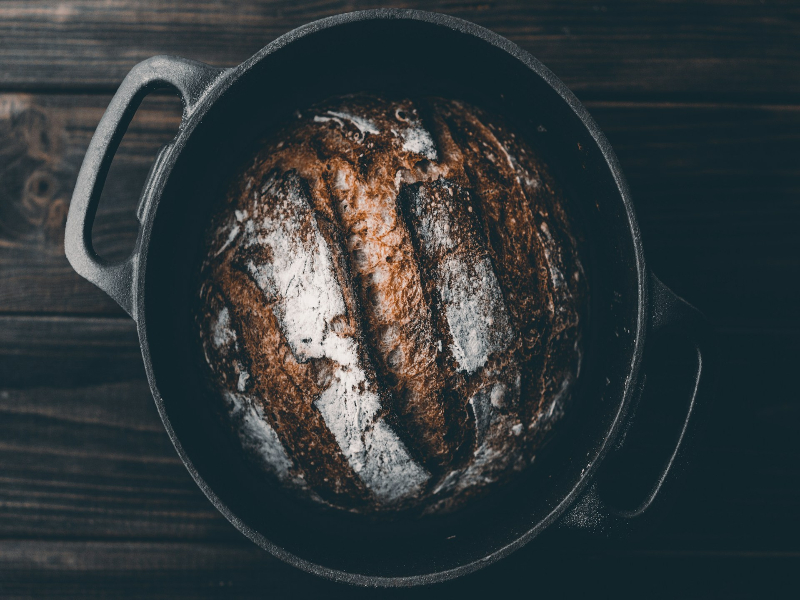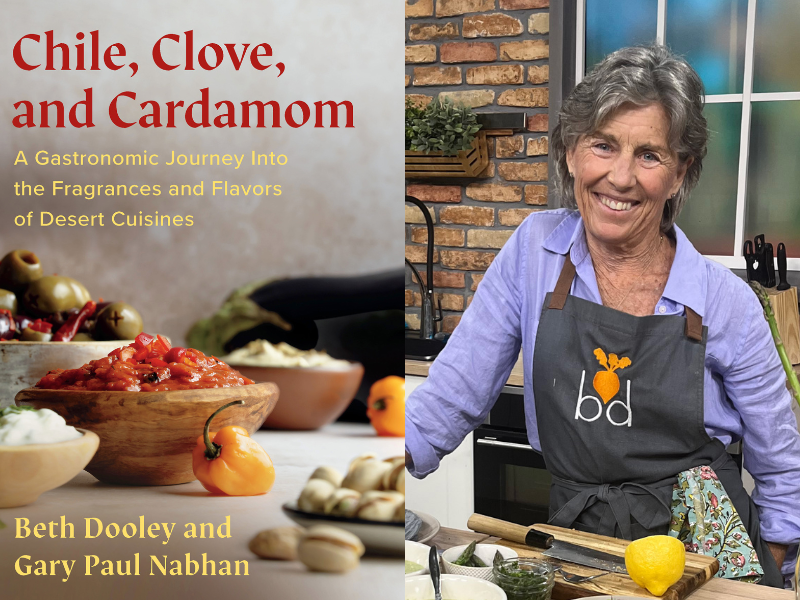
Pasta Alla Gricia
The 700 watt microwave the DoubleTree Hotel kindly lets me use hums as it processes what’s inside. When what it holds is ready, it’s anything but anticipation to eat what awaits.
I’ve discovered lots of things since being displaced from my home from a July flood and ranking pretty close to the top is no amazing meal comes out of a microwave.
The joy from being in the kitchen, and the activities leading up to cooking – choosing the menu, sourcing the perfect ingredients, prepping them, readying pots and pans, diving into the recipes, and yes, even cleaning up, can’t be replicated anywhere but your kitchen.
This isn’t a pity party, there’s no room at the table for that; every day many lose everything. That begs the question, what to do when you can’t putter around in your kitchen? Why you do the next best thing – read cookbooks.
It’s widely agreed while pasta is a staple of Italian cuisine, its origins are Greek. Even the word pasta comes from the Greek word παστά, meaning a barley porridge. Pasta-like foods have been eaten for centuries in the Mediterranean and Middle East but weren’t exactly the pasta we know today.
The ancient Romans did eat a kind of pastry dough made from flour and water, called tracta. They would roll it out thin and fry it, or sometimes boil it and serve with cheese and honey. It’s not considered pasta since it wasn’t made from semolina flour or durum wheat, the main ingredients defining modern pasta.
Four simple pasta dishes are the pillars of cuisine after the fall of the Roman empire: Amatriciana, carbonara, cacio e pepe, and gricia. While chefs may debate the details, the handful of ingredients going into each are well established: Guanciale (cured pork cheek), Pecorino Romano cheese, black pepper, and in amatriciana and carbonara, eggs, and tomatoes.
According to many sources, its name comes from the Romanesco word “gricio.” In papal Rome, grici were sellers of common foods, and got the name because many of them came from Valtellina, at the time a possession of the Swiss canton Grigioni. Another theory is Lazio shepherds created the dish since they had the simple ingredients and it provided hearty sustenance; older than its cousin amatriciana since its invention predates the arrival of tomatoes to Europe.
Pasta alla gricia may be the yummiest little-known of the three other dishes. Guanciale has a rich and fatty flavor. Pecorino Romano, a hard sheep’s milk cheese, adds a tangy and salty taste. Black pepper gives a spicy kick.
Classes
Thanks to our continued partnership with AARP, join Chef Barry Infuso for the free to attend Eat Well & Age Gracefully Series: January 25 it’s Soup’s On! making Chicken Soup and Carrot Ginger Soup; February 22 vegetarian Ratatouille is on the menu; March 14 we’ll Spring into Salads served with a poached egg.
Join Chef/Butcher Brett Sippy for the Behind the Butcher Counter series: January 30 it’s Pork Roulade the Sicilian Way; February 20 the menu is Chicken Cordon Bleu Parisian Café Style; and March 13 you’ll make and take home March Madness Charcuterie Boards.
Stay tuned for a return to more monthly offerings.
Wishing you joy in the kitchen,
Michele
Pasta Alla Gricia
Yield: 6 servings
Note: Guanciale is available through Amazon.
1 lb. rigatoni
8 oz. guanciale or high-quality pancetta, sliced ¼-inch thick
1 cup Pecorino Romano cheese, grated fine, plus extra for serving
1 teaspoon freshly ground black pepper, plus more for serving
1 tablespoon extra-virgin olive oil
1. Slice guanciale or pancetta into pieces ½ inch by 1 inch. In a large Dutch oven set over medium-high heat, add oil and guanciale or pancetta, stirring until fat renders and is a deep golden brown, about 8-10 minutes. Heat may need to be adjusted so meat doesn’t brown too quickly. Using a slotted spoon or spider, remove meat and place in a bowl. Pour fat into a measuring cup to have ¼ to ⅓ cup of fat. Discard any extra, then return to pot
2. While meat cooks, in a large pot, bring 2 quarts of water to a boil, add rigatoni and cook according to package directions until al dente. Place a colander in a large bowl and when done, pour rigatoni into colander, reserving 2 cups pasta water in bowl.
3. Add pasta water and pepper to Dutch oven and bring to a rapid boil over high heat. When boiling, scrape up any browned bits, until emulsified and reduced to 1⅓ cups. If mixture is less than 1⅓ cups, water to equal that amount.
4. Reduce heat to low, add pasta and meat, stirring to evenly coat. Add cheese, stirring until it melts, and sauce has thickened, about 1-2 minutes. Remove from heat and if needed, adjust sauce consistency with remaining pasta water. Either top with extra pepper and cheese or pass separately.
Photo credit: Unsplash in collaboration with Getty Images





